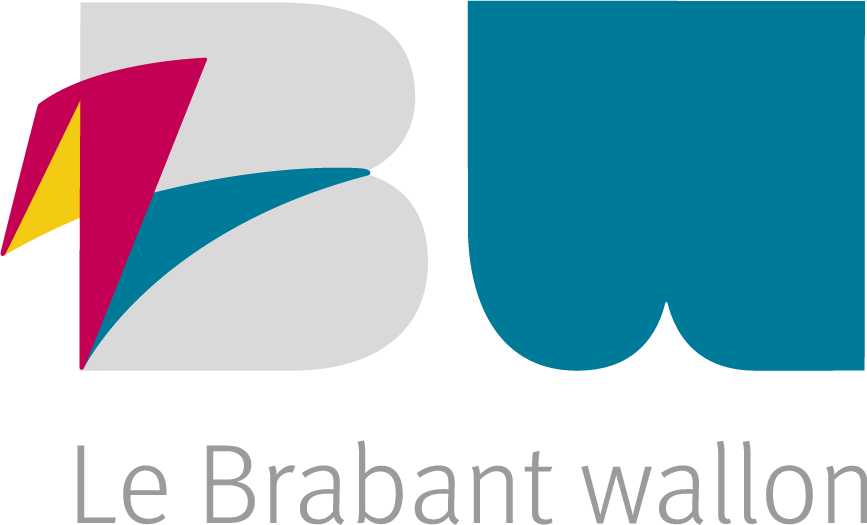History
Heylissem abbey was founded in the early 12th century by the lord René de Zetrud. At that time, the Norbertine canons, a very rich and powerful Hesbaye community, had established themselves on the site.
For the next two centuries, Heylissem abbey greatly increased its wealth to then consolidate its religious its religious authority. The abbey also had several windmills and a brewery and several farms, which it worked to provide for its needs.
The strategic position of Heylissem abbey, located on the border with the State of the Duchy of Brabant, on the Hesbay side, ensured its protection against the Dukes of Brabant, which gave it a fortress role. The abbey and the surrounding area were the scene of battles on several occasions.
In the 16th and 17th centuries, the bloody wars regularly forced the monks to flee the premises, and then return to repair the damage. The convent buildings were burnt down during the war of 1507; the church, the refectory, the dormitory and the abbot’s house were also burnt down in 1568 following the Wars of religion; the abbey was occupied by the Prince of Orange and his troops in 1635; and it was sacked in 1693 following the battle of Neerwinden.
Peace finally came to Heylissem Abbey in the 18th century, which would enable it to increase its wealth once more and above all attain some measure of splendour.
The job of rebuilding the abbey was entrusted to the Brussels architect Laurent Dewez. He is responsible for the basic form of the current dome.
After the French revolution, the abbey was deconsecrated and became a château, which would pass from hand to hand, until it was converted into a beetroot sugar factory, on the orders of its owner, Gustave van den Bossche in the early 19th century.
At the end of the 19th century, the architect Alphonse Balat was called upon to carry out several conversions: he raised the dome and added a terrace surrounded by a balustrade. The lateral façade was also reworked in a neoclassical style.
In 1962, Brabant Provincial Council bought back the château, its outhouses and the park, which it opened to the general public.
Between 2018 and 2023, Walloon Brabant is going to invest €22,000 in Hélécine Château to transform the place, with restorations and new developments, in order to redeploy its services offer and expand its leisure areas, preserving its historical heritage at the same time.

